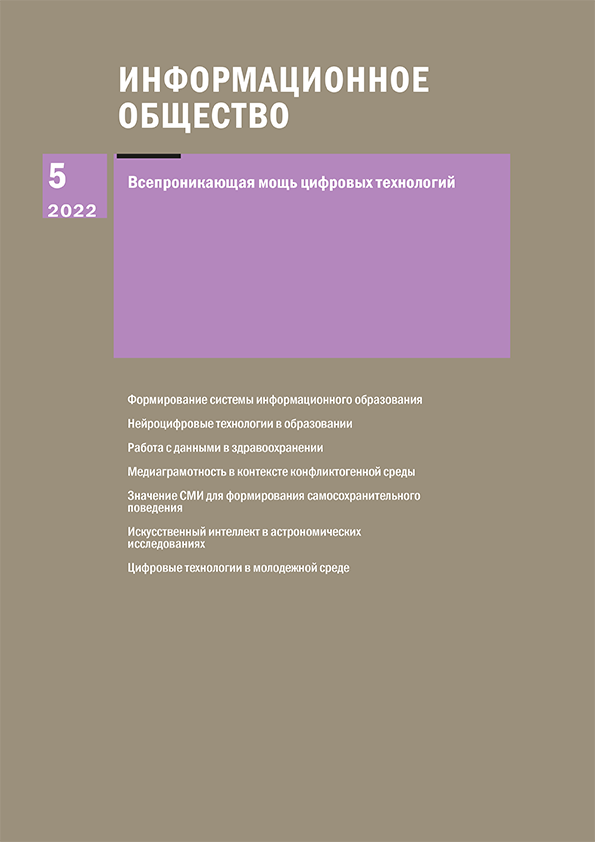Improving quality of multiple star catalogs with using artifical intelligencs
Keywords:
big data, decision trees, artificial intelligence, double star catalog, multiple stars, machine learning, quality of star catalogs, neural networkAbstract
The article has developed and proposed a method for detecting optical binary stars based with using of astrometric catalogs in combination with artificial intelligence (AI) methods. The study was carried out on the example of the HIPPARCOS mission catalog and the Pan-STARRS (PS1) catalog on an array of about 100 thousand objects with about 80 data fields. At the same time, fields that included links to other catalogs and data sources were excluded from the analysis. With the use of AI methods, namely, two types of models, an ensemble of fully connected neural networks and an ensemble of decision trees, a computational experiment was carried out using the example of these catalogs. During training, the binary cross-entropy metric was optimized. It is shown that the reliability of stellar binary prediction reaches 90-95%, which helps to detect additional binary stars compared to classical methods. It is noted that machine learning algorithms quite steadily identify a group of significant features associated with the statistical characteristics of the observed values. Thus, the fruitfulness of creating an appropriate AI platform for further research is justified.
Published
How to Cite
Issue
Section
Copyright (c) 2022 Михаил Васильевич Сажин, Валериан Никитич Семенцов, Сергей Владимирович Сорокин, Александр Николаевич Райков

This work is licensed under a Creative Commons Attribution-NonCommercial-ShareAlike 4.0 International License.
